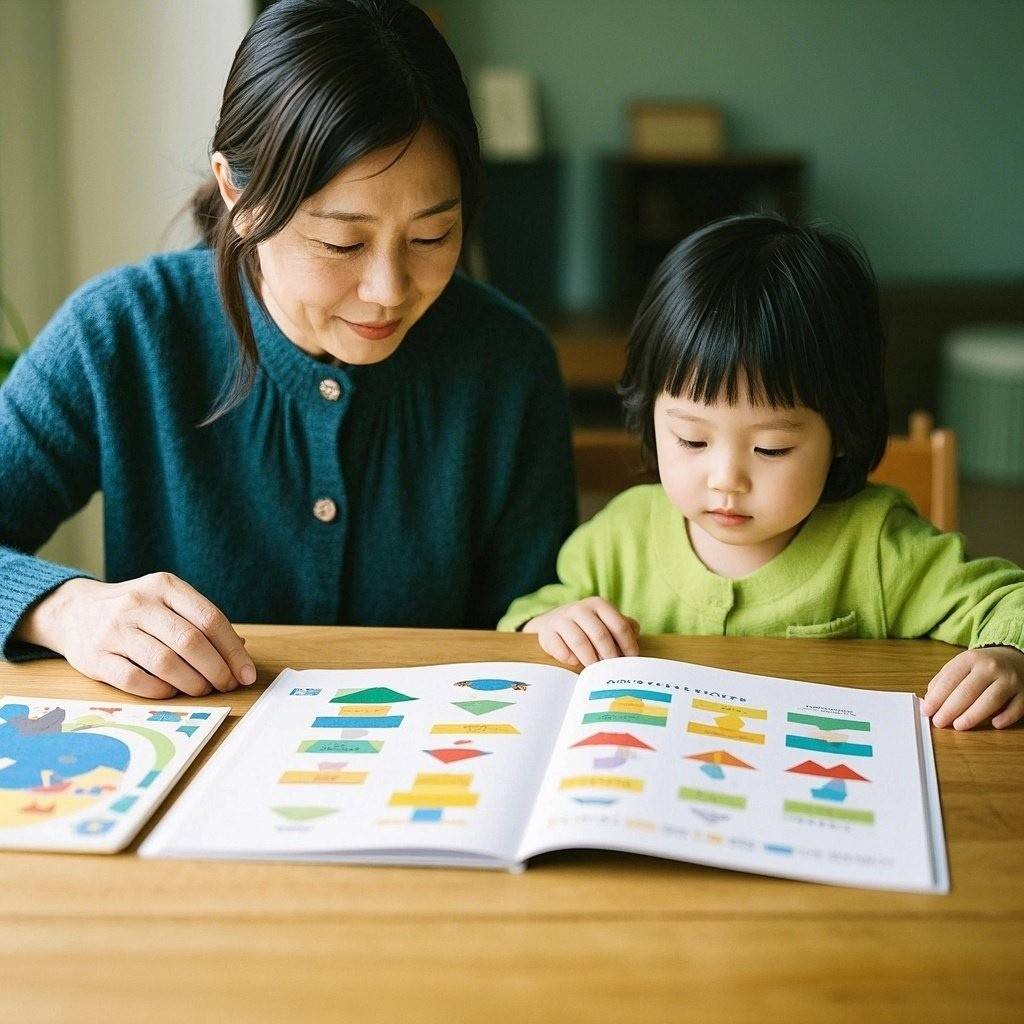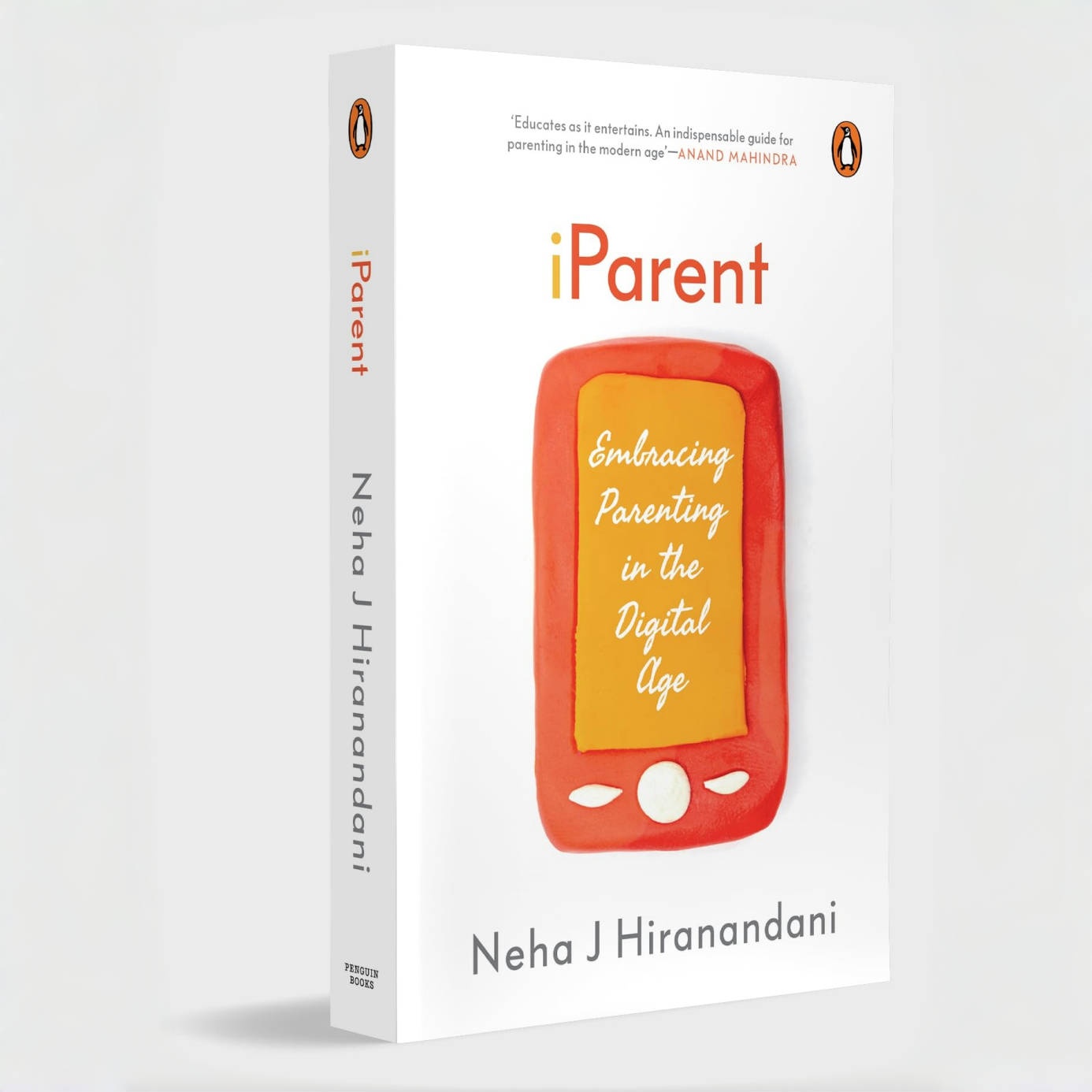Introduction to Montessori Education
Montessori education is an innovative, child-centered approach developed over a century ago by Dr. Maria Montessori, the first female physician in Italy. Through meticulous observation of children’s developmental stages, Dr. Montessori discovered that children naturally learn by exploring their environment and engaging their senses. She designed an educational system that respects children’s innate curiosity, fosters independence, and cultivates a lifelong love of learning.
At its core, the Montessori method emphasizes:
- Independence: Children are given the freedom to choose their activities within structured limits, building confidence and self-reliance.
- Respect for the Child: Every child has unique talents, interests, and developmental timelines that should be respected and nurtured.
- Hands-On Learning: Concrete materials and real-life activities help children internalize abstract concepts and develop deep understanding.
- Prepared Environment: Classrooms and home environments are intentionally organized to encourage exploration and discovery.
- Holistic Development: The method addresses not only cognitive growth but also the social, emotional, and physical aspects of a child’s development.
For those eager to delve deeper into the philosophy and scientific rationale behind the Montessori approach, several books serve as excellent introductions. “The Absorbent Mind” by Maria Montessori is a foundational text that explores how young children learn through observation and experience in their early years. Another book, “Montessori: The Science Behind the Genius” by Angeline Stoll Lillard, connects Montessori principles to modern research in developmental psychology, validating the effectiveness of this century-old educational model.
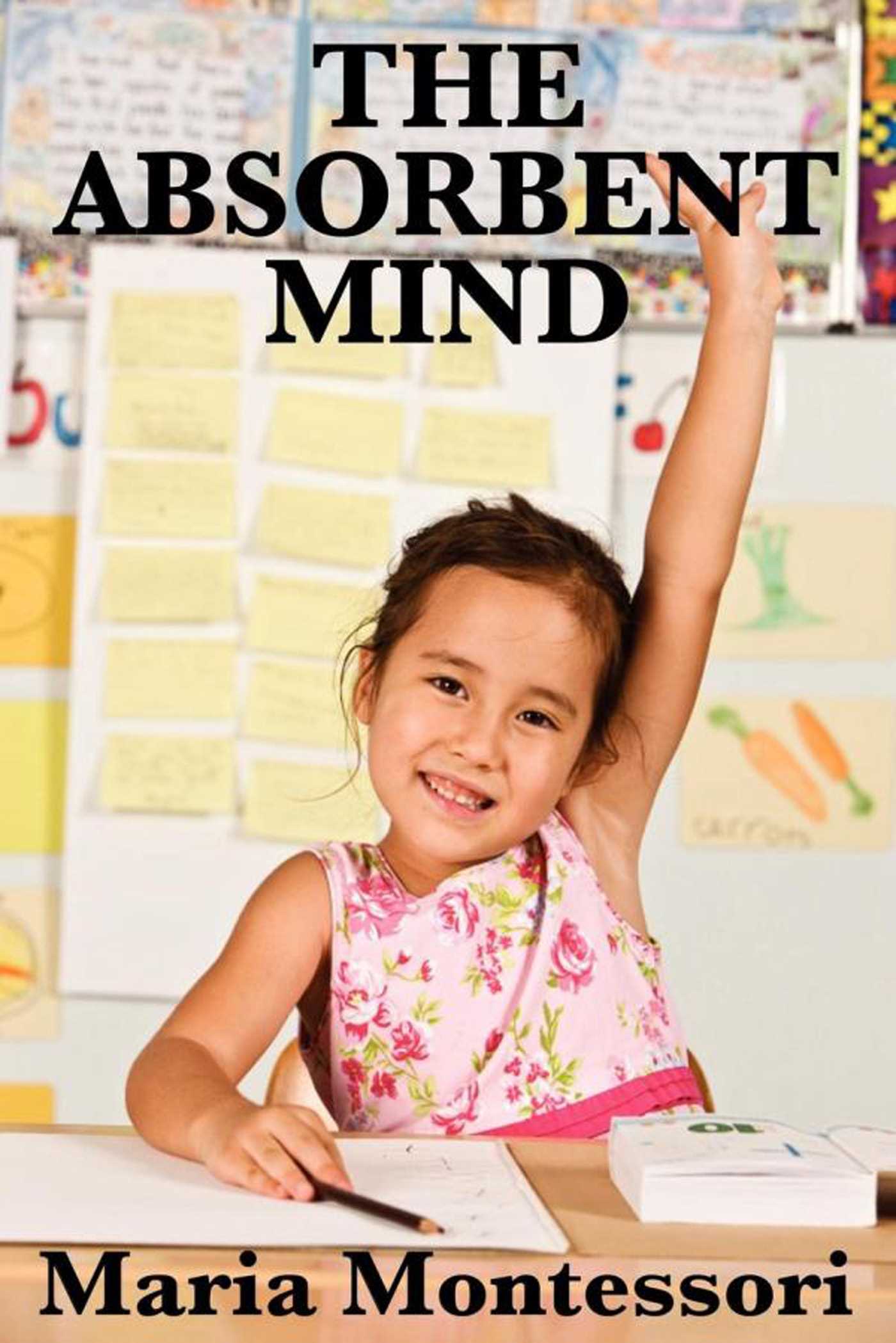
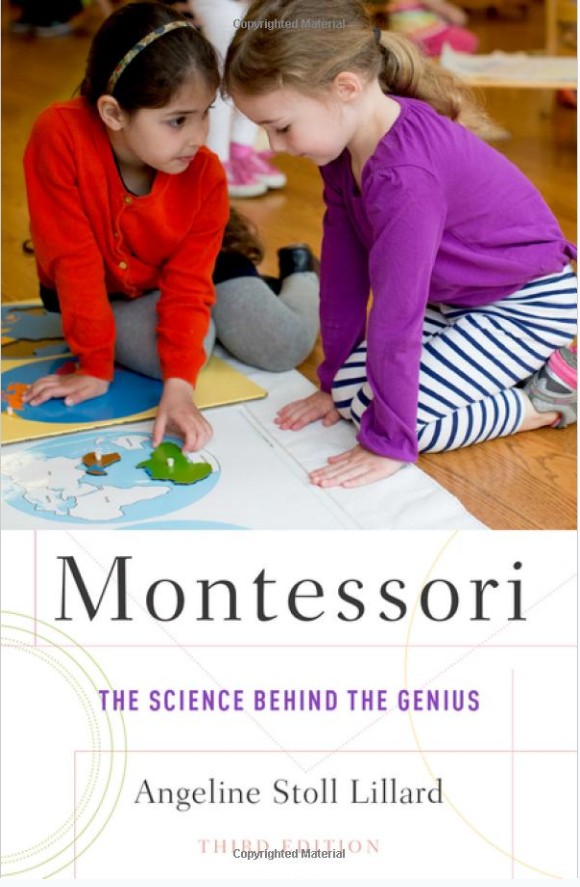
By studying these works, parents gain insight into why children respond so positively to a Montessori environment and how to apply these principles effectively. Next, let’s explore why parents play a critical role in the Montessori approach and how to foster a Montessori-aligned mindset at home.
The Role of Parents in Montessori Education
While Montessori schools provide a prepared environment and specially trained educators, parents are just as significant in a child’s educational journey. Montessori is more than a teaching method—it’s a philosophy that thrives when practiced consistently, both in and out of school.
Key ways parents can contribute:
- Modeling Behavior: Children absorb behaviors and attitudes from adults. By demonstrating respect, patience, and curiosity, parents naturally inspire these qualities in their children.
- Encouraging Independence: Small daily activities like dressing, preparing simple snacks, and cleaning up instill a sense of responsibility and confidence in children.
- Maintaining Consistency: Using similar routines, boundaries, and expectations at home and at school prevents confusion. When children recognize the same principles everywhere, they are more likely to internalize Montessori values.
- Fostering a Growth Mindset: Rather than focusing on results or grades, Montessori parents focus on effort, progress, and the joy of learning.
For parents wanting to learn more about effectively contributing to their children’s education, “How to Raise an Amazing Child the Montessori Way” by Tim Seldin offers a practical overview of Montessori principles specifically tailored for parents. It includes user-friendly tips, real-life examples, and inspirational photographs. Additionally, “Montessori from the Start” by Paula Polk Lillard and Lynn Lillard Jessen is a key resource for parents who want to implement Montessori principles in the home right from birth.
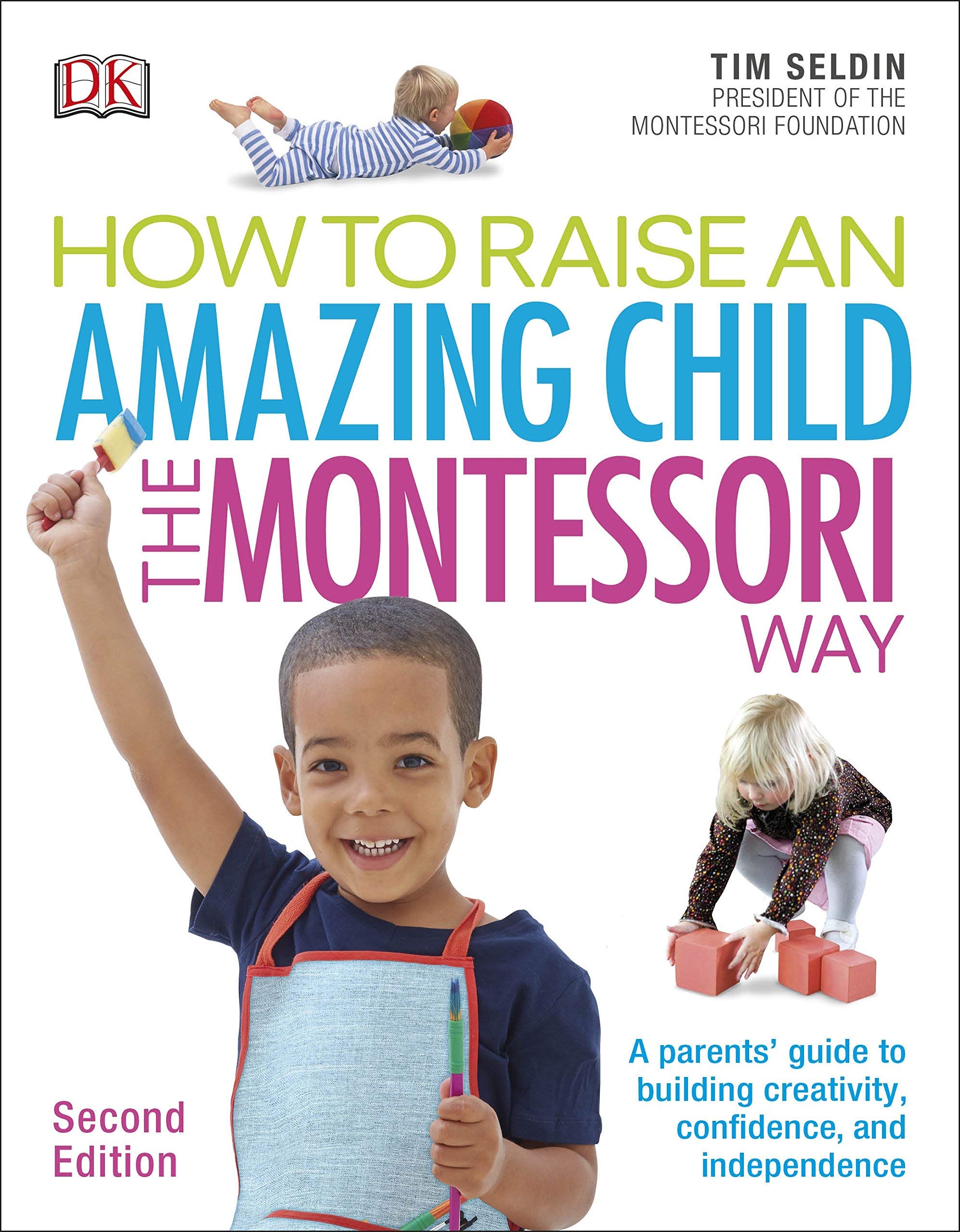
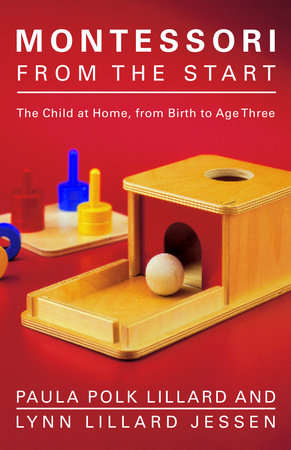
1. Implementing Montessori Principles at Home
Even if your child attends a traditional school or only part-time Montessori classes, you can apply Montessori ideas at home to help them learn naturally and joyfully. Here are some ways to begin:
- Create Order and Predictability
Children thrive on routines. A consistent daily schedule for meals, playtime, quiet reading, and bedtime helps develop a sense of security. Try to keep items in their place, with toys sorted by category and stored on low, accessible shelves. This orderliness teaches children to return items when finished. - Involve Children in Everyday Tasks
Mundane household chores become rich learning opportunities in a Montessori setting. Encourage children to help set the table, fold laundry, or water plants. Not only does this build practical life skills, but it also heightens their sense of belonging and responsibility within the family. - Offer Choices
Inviting your child to decide between two acceptable options (for instance, which fruit to eat at snack time) empowers them with autonomy while guiding them to respect boundaries. This sense of control, within limits, fosters self-confidence and decision-making skills. - Focus on Process Over Outcome
Montessori emphasizes the child’s hands-on exploration. Children learn best when they’re free to make mistakes, correct themselves, and try again. Resist the urge to intervene too quickly. Allow them time to figure things out, and celebrate their perseverance and improvement rather than a flawless result. - Encourage Self-Correction
Montessori materials and activities are designed for self-correction. At home, you can replicate this by guiding your child to notice and correct their own mistakes gently. This approach empowers them to take ownership of their learning process.
Recommended Reading:
“The Secret of Childhood” by Maria Montessori provides an in-depth look at how children learn and how adults can nurture a healthy environment for them to flourish. It offers compelling examples and stories that underscore the importance of respecting a child’s innate abilities.
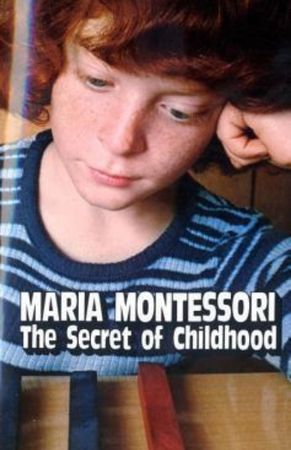
2. Choosing the Right Montessori Materials for Your Child
One distinguishing feature of Montessori education is its unique set of learning materials, meticulously designed to target specific developmental skills. At home, selecting the right materials can sometimes feel overwhelming. Here are some guidelines:
- Focus on Child’s Interests and Age:
Montessori materials align with different stages of development. Puzzles, shape sorters, and color-matching sets might appeal to toddlers, while older children may be drawn to more sophisticated tools like bead chains for math or timeline activities for history. Always observe your child’s interests before making a purchase. - Simplicity Over Complexity:
Montessori materials are purposefully simple, focusing on one key concept at a time. This helps prevent sensory overload and allows the child to isolate the concept they’re learning (e.g., color, texture, shape, or dimension). - Quality and Durability:
Children are more likely to respect and care for items that look and feel valuable. Many parents opt for wooden or well-constructed materials rather than plastic. These materials typically last longer and offer a more tactile, grounding experience. - Practical Life Activities:
Outside of traditional wooden puzzles or math beads, Montessori also emphasizes real-world tools. Child-sized kitchen utensils, gardening equipment, and cleaning supplies help children become more independent and confident in daily tasks. - Rotate Toys and Materials:
Having a limited number of materials accessible at any given time allows children to focus better. When you notice they’ve mastered or lost interest in something, rotate it out and introduce a new or previously stored material.
Recommended Reading:
To learn more about the materials themselves and how to introduce them, “Basic Montessori: Learning Activities for Under-Fives” by David Gettman is an excellent resource that explains both practical life activities and early learning exercises step by step.
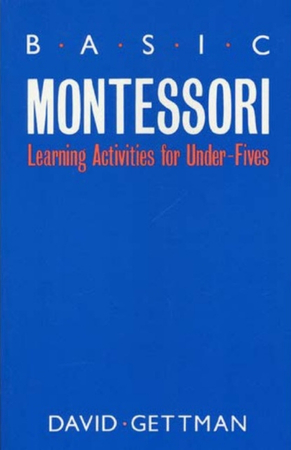
3. Creating a Montessori-Inspired Environment at Home
The phrase “prepared environment” often appears in Montessori literature. This concept refers to a setting deliberately arranged to encourage independent exploration and concentration. Here is how you can replicate it in your home:
- Child-Sized Furniture and Accessible Shelves
Miniature tables, chairs, and shelves placed at the child’s eye level encourage them to choose and return materials independently. Avoid cluttered surfaces—neat, open space fosters calmness and helps children focus on their tasks. - Minimal Distractions
Limit screen time and keep electronics, unnecessary décor, and excessive toy options to a minimum. Children learn best when they can give undivided attention to an activity, so keep background noise low and store digital devices out of sight. - Natural Light and Simple Décor
Natural lighting, neutral colors, and a few carefully chosen, high-quality decorations create a soothing atmosphere. Plants, nature images, or realistic artwork can inspire curiosity about the world while maintaining a sense of order. - Freedom of Movement
Arrange furniture so children can move around freely, without the risk of bumping into or knocking over objects. This supports their natural drive to explore and learn through movement. - Reading Corner
A cozy reading nook filled with age-appropriate books can instill a love of reading. Keep the selection fresh by introducing new books that spark your child’s interests. Include Montessori classics, picture books about nature, and any reading material that feeds their innate curiosity.
Recommended Reading:
“Montessori from the Start: The Child at Home, from Birth to Age Three” by Paula Polk Lillard and Lynn Lillard Jessen offers an excellent blueprint for creating a functional and inviting Montessori-inspired space, particularly for infants and toddlers.

4. Supporting Your Child’s Montessori Journey
Last but certainly not least, providing emotional and social support is crucial for ensuring your child thrives within a Montessori framework. While the method focuses on independence, children also need nurturing, guidance, and understanding from the adults around them.
Here are some key ways to offer meaningful support:
- Observe Before Intervening
In Montessori environments, observation is a cornerstone. By watching quietly, you can see what truly interests your child and where they might be struggling. Step in only when necessary, such as for safety concerns or when a skill is too far beyond their current ability. - Practice Patience and Understanding
The Montessori journey is not linear; children may face obstacles or regressions in skill mastery. Patience, gentle encouragement, and recognizing signs of readiness are all part of maintaining a supportive environment. - Engage in Quality Conversations
Instead of grilling children with questions about their day, invite them to share what they found most interesting or enjoyable. This approach nurtures open communication and genuine reflection. - Respect Their Pace
Every child is different, and Montessori encourages children to progress at their own speed. Resist the urge to compare them to siblings or peers. Focus on individual improvement and personal growth. - Explore Montessori Resources and Communities
Taking advantage of local Montessori parenting groups, online forums, and continuing education workshops can deepen your understanding and refine your approach. Swapping stories, challenges, and solutions with other parents can also provide invaluable support.
Recommended Reading:
“The Absorbent Mind” by Maria Montessori (mentioned earlier) offers profound insights on how children think and learn. Its concepts align strongly with a supportive, respectful approach and can guide parents looking to foster a nurturing, curiosity-driven environment.
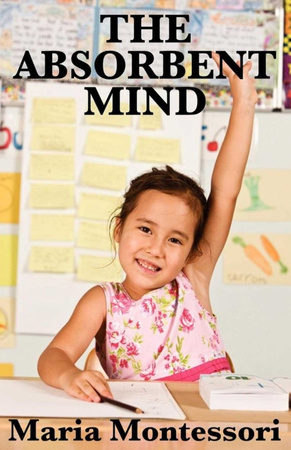
Final Thoughts
Montessori education is a rewarding philosophy that honors a child’s natural curiosity and recognizes their ability to grow into capable, empathetic, and self-motivated individuals. While Montessori schools and teachers lay the groundwork, the role of parents cannot be overstated. By understanding the foundational principles, selecting suitable materials, and creating a carefully prepared environment at home, you empower your child to flourish academically, socially, and emotionally.
These recommended books—such as “The Absorbent Mind,” “Montessori: The Science Behind the Genius,” and “How to Raise an Amazing Child the Montessori Way”—offer diverse perspectives and practical tips. They also provide the historical context behind Montessori philosophy and the latest research backing its effectiveness. Reading these texts is an excellent starting point for parents seeking guidance and inspiration.
Remember that the goal is not to replicate a perfect Montessori classroom at home but rather to adapt its guiding principles in a way that benefits your unique family context. Whether it’s through arranging a child-friendly kitchen, providing real-life learning experiences, or simply slowing down to observe and respect your child’s process, these small steps can create a significant impact. Embrace the Montessori journey with curiosity, patience, and an openness to learn from your child—and from the timeless wisdom of Dr. Montessori’s teaching.

